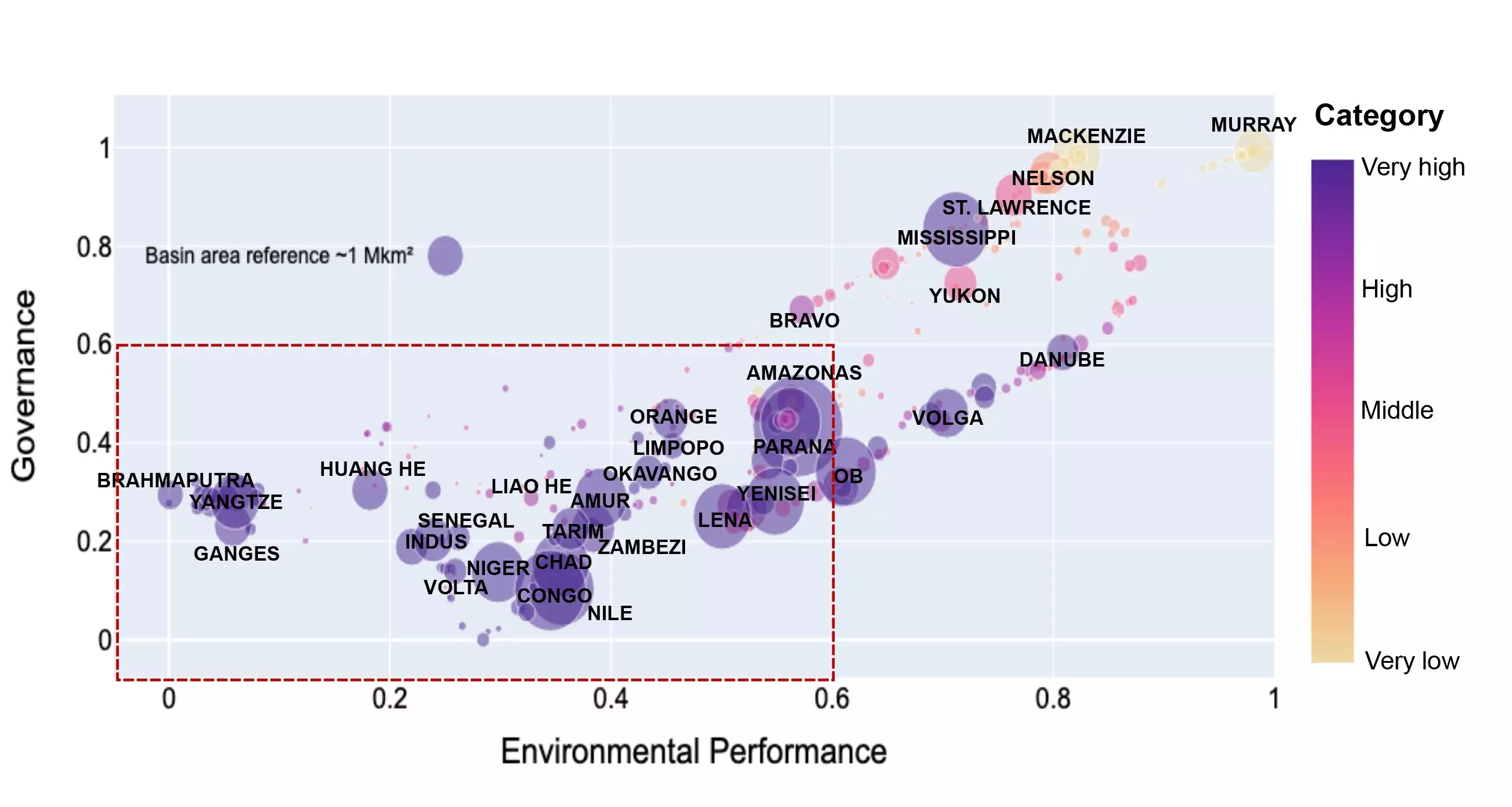Water scarcity is increasingly recognized as one of the critical global challenges of our time, with profound implications for human societies, ecosystems, and economies. In a recent study led by researchers at Stockholm University, a novel perspective on water security is introduced, emphasizing the significance of “upwind” sources of moisture and how they can significantly alter our understanding of water availability risks. This article delves into the implications of this research and underscores the interconnectedness of water resources across geographical and political boundaries.
Traditionally, assessments of water security have centered around localized sources, such as rivers and lakes, assessing the quantity and sustainability of water stored on the Earth’s surface. However, this perspective often overlooks the broader atmospheric dynamics that contribute to precipitation. The study in **Nature Water**, titled “Upwind moisture supply increases risk to water security,” posits that reliable water supply is not merely dependent on local resources but significantly influenced by environmental conditions and governance in regions where moisture is generated. Lead researcher Fernando Jaramillo emphasizes that rain-water is fundamentally linked to moisture that evaporates from both terrestrial and oceanic environments and travels considerable distances before precipitating.
A crucial concept that emerges from this research is the notion of the “precipitationshed,” an expansive geographical region contributing moisture to a specific area. This concept is pivotal, as many hydrological systems are interconnected in complex ways that defy simple upstream and downstream categorizations.
The study conducted a comprehensive analysis of 379 hydrological basins across the globe, revealing startling insights into water security risks—specifically that almost 33,000 cubic kilometers of global water requirements are now deemed at very high risk when accounting for this upwind moisture factor, nearly a 50% increase from previous assessments. This spike in risk is particularly pronounced in areas heavily reliant on moisture from neighboring regions—a situation exacerbated by unsustainable practices such as deforestation and unregulated agricultural expansion.
Jaramillo points out the inequalities faced by various countries based on their geographical locations and governance capacities. For instance, landlocked nations, such as Niger, depend on moisture from its neighboring countries like Nigeria, underscoring the geopolitical complexities of water availability. In contrast, coastal nations can draw moisture from the ocean, presenting a different risk landscape.
The Governance Factor
One of the study’s most critical findings is the intricate relationship between governance, environmental performance, and water security. Countries upstream, where moisture is generated, can have profound effects on the downstream water availability of their neighbors. This conceptual shift underscores the necessity for collaborative international management of water resources. Lan Wang-Erlandsson, a co-author of the study, notes that poor environmental governance and habitat degradation upstream can lead to significant risks for countries further downstream, particularly in regions like the Congo River basin where regional cooperation is lacking.
Such dynamics illustrate that effective water governance must extend beyond national borders. It requires a collective approach that integrates land-use policies, environmental management, and sustainable practices to mitigate negative impacts on water availability in connected regions.
Implications for Policy and Cooperation
The insights gleaned from this study inform both policy-making and diplomatic relations. Understanding the upwind influences on water security calls for innovative strategies that foster cooperation among nations. There is an urgent need for collaborative frameworks that consider atmospheric moisture flows, allowing for shared governance of water resources in transboundary contexts. Jaramillo and Wang-Erlandsson emphasize the importance of international initiatives to manage upwind moisture sources and encourage joint efforts to address the root causes of water-related tensions.
The call to action is clear: nations must recognize their interdependencies in water resource management. Effective governance frameworks need to be established, which account for the complex realities of hydrological systems and the socio-political dynamics influencing them. Only through such cooperative strategies can we hope to forge resilient responses to the looming challenges of water scarcity and ensure sustainable access to this vital resource for future generations.
This groundbreaking study not only challenges traditional paradigms of water security assessment but also provides a framework for more holistic and collaborative approaches to managing our planet’s precious water resources. Recognizing the interconnected nature of our water supply is essential for fostering sustainable governance practices that can withstand the pressures of climate change and population growth.

